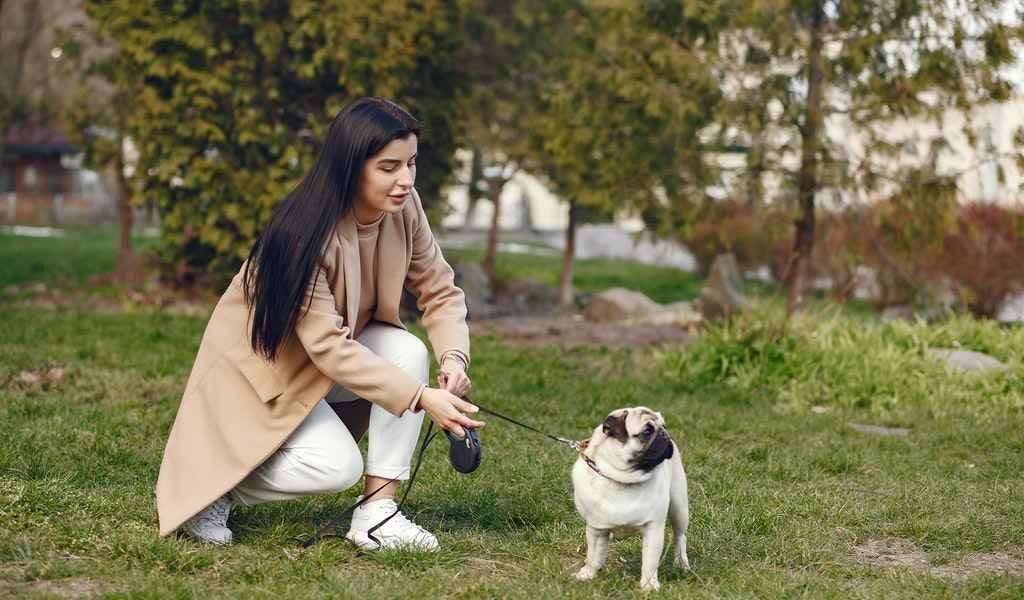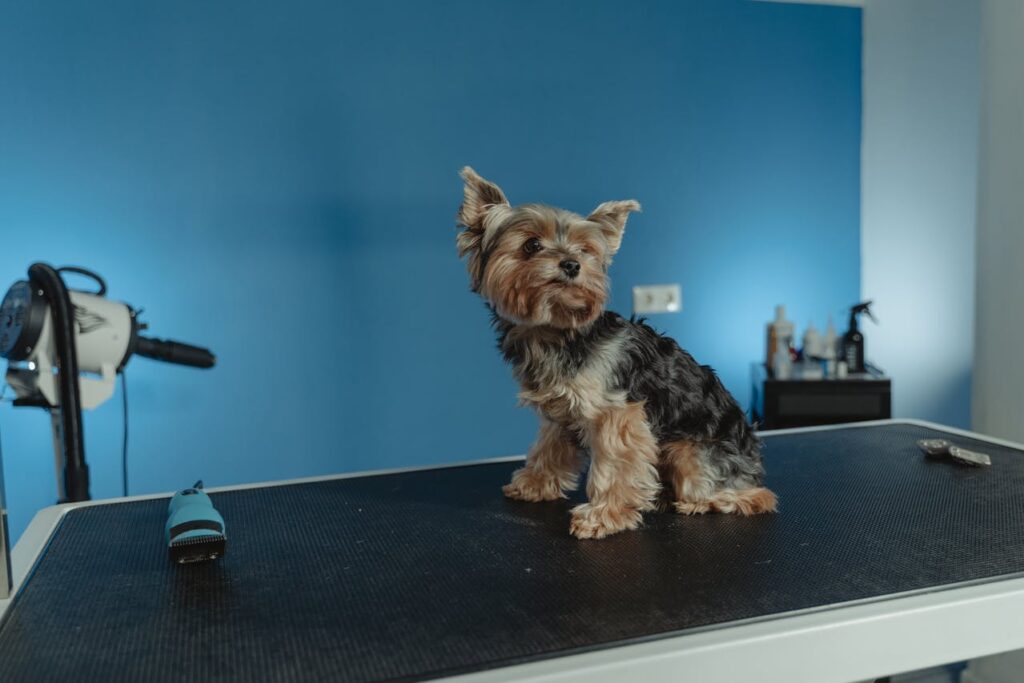7 tips before you arrange a playdate with your friend’s dog

Intro: If you are like most dog owners, you enjoy taking your furry friend for a walk in the park, playing fetch at the beach, or visiting the pet store. But what about arranging playdates with other dogs? Bringing your dog over to play with another pup can be fun, but it’s important to remember a few things first. Below are seven tips to remember before arranging a playdate between your furry friends. By being mindful of these pointers, you and the other dog’s owner will have an enjoyable experience. Let’s get started!
1. Introduce your dog to the other dog slowly:
Dogs are friendly creatures but can also be territorial. Your dog’s habits of affection may differ from other dogs; while some may prefer cuddles, others may prefer to nibble playfully to show their affection. Introducing the two dogs slowly is essential so they can get used to each other’s scent and energy. The dogs would be best to know each other outdoors before you invite them to your place. Go to a park or any place where both of you can let the dogs see, smell, and touch each other. Let them each take their time to sniff each other out and get comfortable before you start playing together. Dogs can be unpredictable, so taking things slowly at first is essential. It will help to avoid any potential problems between the two dogs.
2. Check if the other dog is up to date with its vaccinations:
This is important for the health of both dogs. Some diseases are airborne and can be passed on even if the dogs don’t directly interact with each other; you don’t want your dog to get sick from playing with a friend’s dog that isn’t up to date on its vaccinations. Make sure you ask the other owner about their dog’s vaccination history before you agree to a playdate. Also, consider vaccinating your dog for Bordetella, a common cause of kennel cough. It is crucial for the safety of dogs and the dog parents involved, as some dogs can be carriers of diseases without showing symptoms. If either of the dogs is not vaccinated, the playdate could make your dog sick.
3. If the other dog is on a leash:
You should also be aware of how the other dog is being restrained during the playdate. It’s essential to ensure the other dog is on a leash when introducing the two dogs to each other. This way, if either dog gets too excited or starts to play too roughly, you can easily control the situation. However, If the dog is on a leash, there is a greater chance that it could become tangled with your dog and become injured. In addition, if the other dog is not used to being on a leash, it may become agitated and try to bite or lunge at your dog. A leash is a sure shot way to have a way to control your dog in case it tries to run off after the other dog. An excellent way to do this is to keep your dog on a long lead or tie a rope around its waist that you can hold onto. Once the dogs have had a chance to sniff each other and seem relaxed, you can let them off their leashes to play. Make sure the unleashed dog is well-trained and won’t run off. It’s also essential to keep a close eye on both dogs as they play.
4. Beware of both dogs’ allergies and sensitivity:
Some dogs are allergic to certain types of food or materials. Be sure to ask the owner about any allergies or sensitivities their dog may have before feeding them anything. It’s also important to know your dog’s allergies and sensitivities. Apart from the apparent allergies, beware of what may cause harm to the dogs without you knowing; check for sharp edges and things, it can be as simple as sage which is not suitable for the dog’s health. You can read more here about it before deciding against it. If you’re unsure, it’s always best to err on the side of caution and not bring anything that could trigger an allergic reaction.
5. Check for temperament compatibility:
You should know whether the other dog is friendly, playful, or aggressive. Just because two dogs are the same breed doesn’t mean they’ll get along famously. Sometimes dogs of the same breed can have opposite temperaments. For example, some Labrador Retrievers are high energy while others are more laid back. Be sure to ask your friends about their dog’s personality and energy level before setting up a play date to ensure that the pups will be compatible. An aggressive dog may try to attack your dog even if your dog is being friendly. If the dog is aggressive, it may try to attack your dog. If the dog is fearful, it may try to run away. Ask your friends about their dog’s personality before setting up a playdate. Keeping your dog on a leash is best if you’re unsure about the other dog’s temperament.
6. Choose a safe location:
A busy park might not be the best place for a first playdate as there can be too many distractions for the dogs to focus on each other. Instead, choose a location where there’s not much going on and where you can keep a close eye on the dogs. If it’s the first time the two dogs are meeting, you don’t want either of them to feel uncomfortable or threatened in their territory. Pick a neutral location like a friend’s house or a quiet street. It will help to avoid any potential conflict between the two dogs. A park or beach will be a good choice for a neutral location if both dogs are comfortable around other dogs. Dogs can get excited when playing and may not be aware of their strength.
7. Be prepared:
Before the playdate, ensure you have everything you need to keep the dogs safe and comfortable. It includes bringing water and bowls, treats, toys, and poop bags. It’s also a good idea to bring along a first-aid kit in case of accidents. Dogs love to play with toys, so bring some of your dog’s favorite toys. It will help keep their attention focused on playing and not on each other. Remember to pack plenty of water and snacks for yourself if the playdate goes longer than expected!
Conclusion: Before you set up a playdate, you must get to know the other dog. It means finding out their energy level, what kinds of activities they enjoy, and if they have any aggression issues. Once you have a good idea of who the other dog is, you can start to plan the playdate. Remember the tips we’ve listed above, and you’ll have a great time!
 S
S
Latest Articles

 S
S
Pamper Your Pup: The Ultimate Guide to Dog Grooming for a Happy and Healthy Pet

Phoenix Malayalam Movie Review: A Cinematic Masterpiece

જ્ઞાન સહાયક: આપના શૈક્ષણિક સફરને એકદમથી સરળબનાવો!

